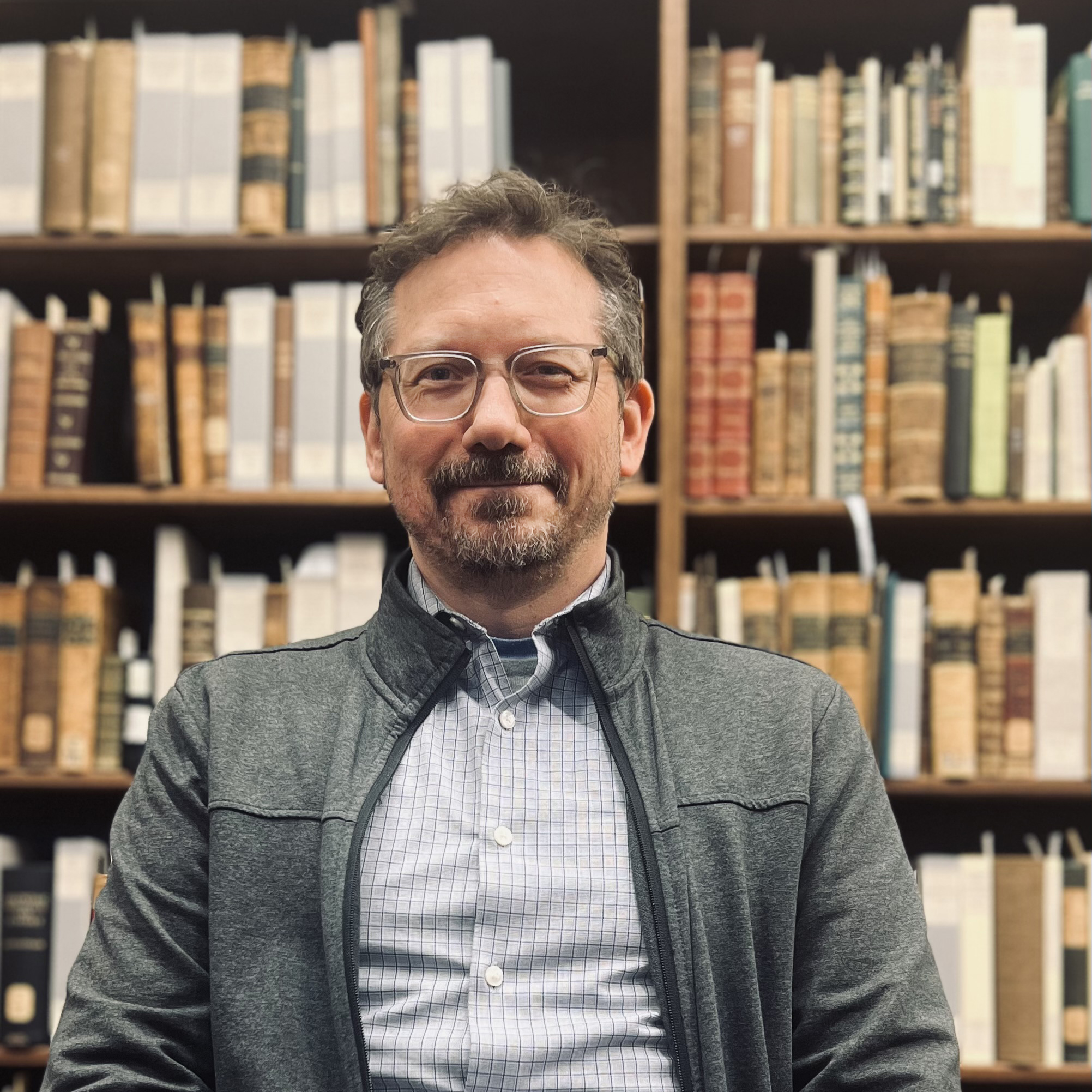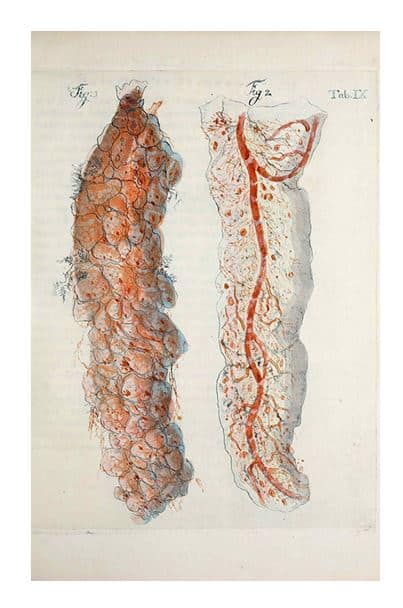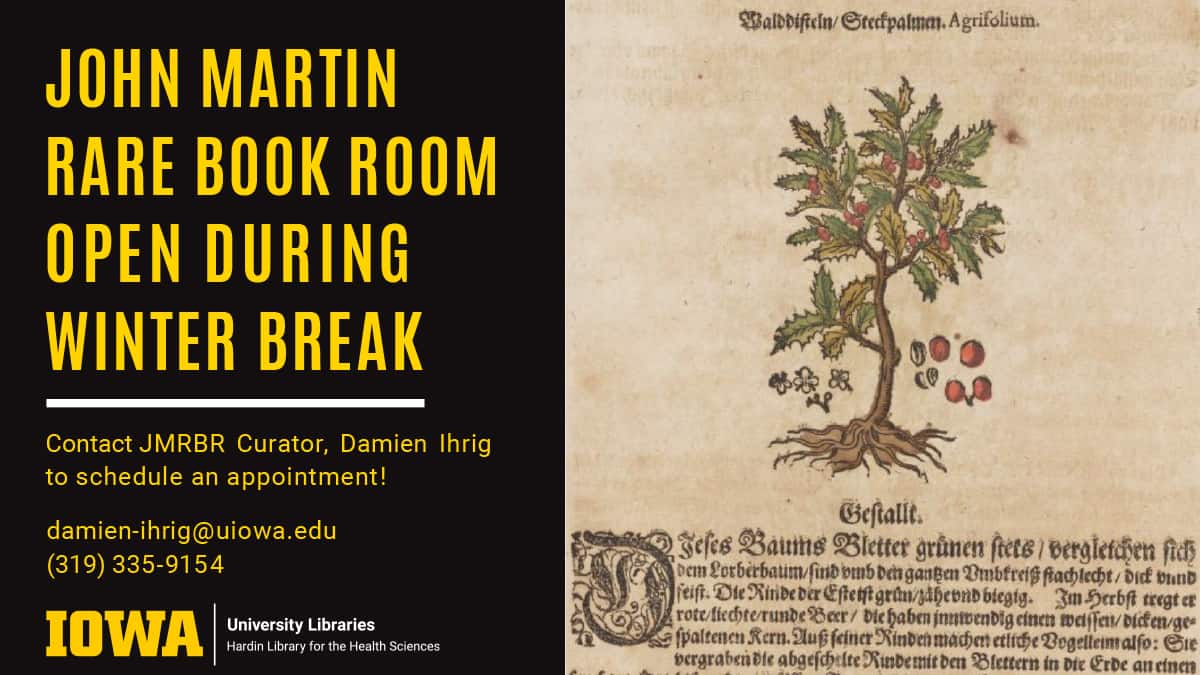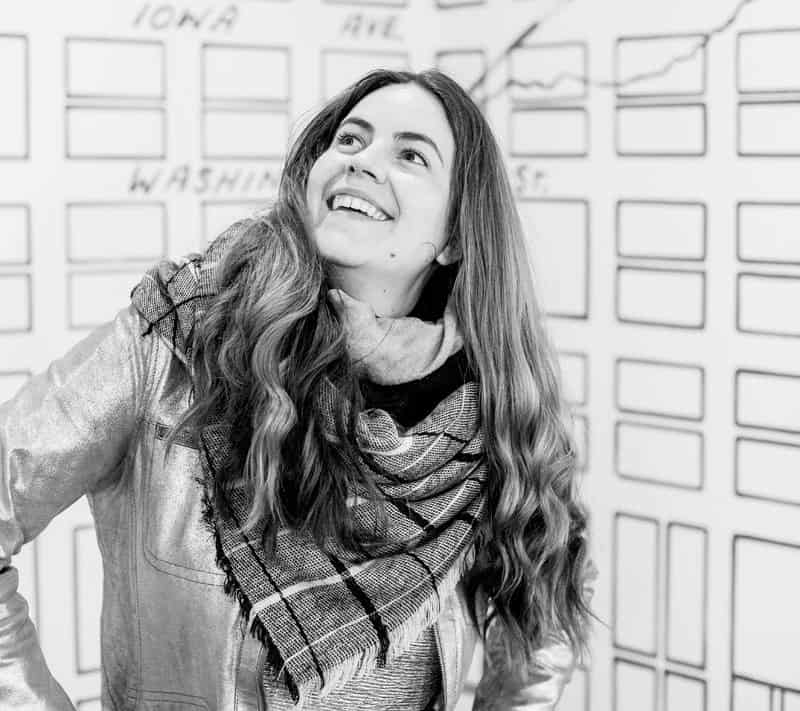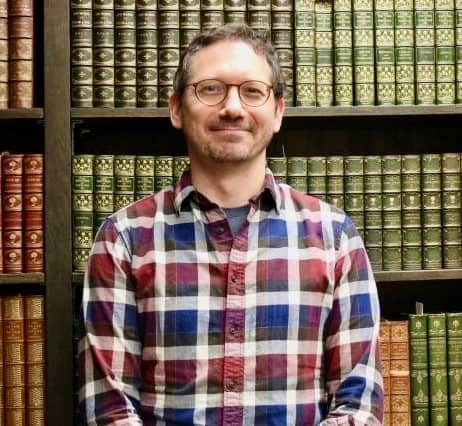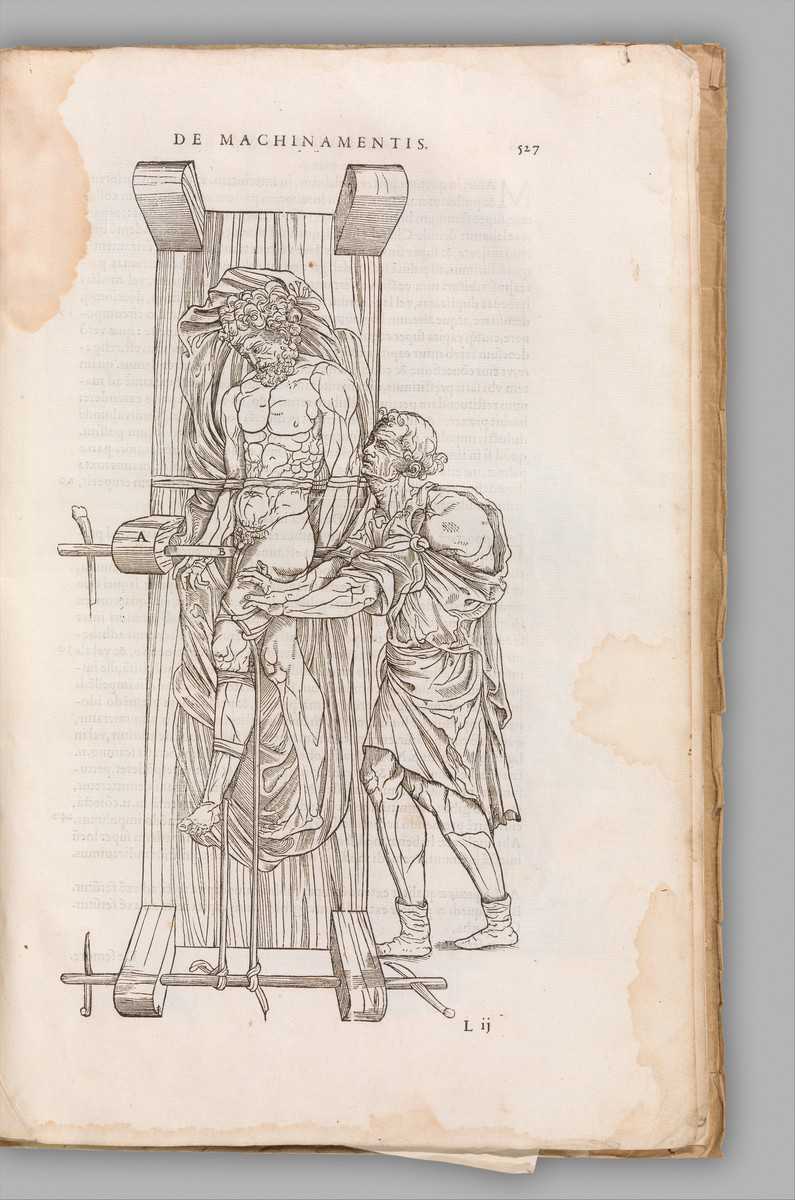Damien Ihrig, MA, MLISCurator, John Martin Rare Book Room Over time, books can start to show their age. All kinds of things take their toll on a book – fire, pollution, pests, and acidic inks, to name a few. Mostly, though – and this makes me very happy – books just get used. And thatContinue reading “Absolutely Fab-rius | Notes from the John Martin Rare Book Room @Hardin Library”
Tag Archives: John Martin Rare Book Room
John Martin Rare Book Room @Hardin Library Open House 2022 Book List
Visit the John Martin Rare Book Room at Hardin Library for the annual open house, Wednesday, April 20, from 4pm-7pm. All are welcome/family friendly! Masks encouraged. This is an in-person event. The following books will be on display: BLEULAND, JAN (1756-1838). Otium academicum. Trajecti ad Rhenum: Ex Officina Joh. Altheer, academiae typographi, 1828. SABUCO deContinue reading “John Martin Rare Book Room @Hardin Library Open House 2022 Book List”
Work Day in the Life of John Martin Rare Book Room Curator Damien Ihrig
A day in Damien’s work life at Hardin Library involves some or all of the following: Email, email, email A few meetings with local, state, or regional colleagues Working with the collection to prepare items for conservation care, digitization, reshelving, shifting shelves, or updating database entries. Class prep Working with a donor interested in giftingContinue reading “Work Day in the Life of John Martin Rare Book Room Curator Damien Ihrig”
New Acquisition | John Martin Rare Book Room | Bleuland, Otium academicum
BLEULAND, JAN (1756-1838) Otium academicum : continens descriptionem speciminum nonnullarum partium corporis humani et animalium subtilioris anatomiae ope in physiologicum usum praeparatarum, aliarumque, quibus morborum organicorum natura illustratur. [Academic leisure: containing a description of several specimens of the human body and of exact animal anatomy prepared for use in physiology, and containing a description of otherContinue reading “New Acquisition | John Martin Rare Book Room | Bleuland, Otium academicum”
John Martin Rare Book Room @Hardin Library Open By Appointment During Winter Break | Zoom or In-Person
Anyone may make an appointment to use the John Martin Rare Book Room from 9am-5pm Monday-Friday. You may make an in-person appointment or our curator can meet your via Zoom and show you materials online. To make an appointment: email curator damien-ihrig@uiowa.edu OR call 319-335-9154 The John Martin Rare Book Room will be open duringContinue reading “John Martin Rare Book Room @Hardin Library Open By Appointment During Winter Break | Zoom or In-Person”
Medical Arts: Teaching Art History Through The John Martin Rare Book Room – Video of Talk by Vero Rose Smith
Watch a recording of Vero Rose Smith’s talk on November 11, 2020 Medical Arts: Teaching Art History Through The John Martin Rare Book Room For the past eight years, students enrolled in art history and studio arts courses explored the holdings of the John Martin Rare Book Room. Here, they pored over weeping welts, ballooningContinue reading “Medical Arts: Teaching Art History Through The John Martin Rare Book Room – Video of Talk by Vero Rose Smith”
Welcome Damien Ihrig, Curator, John Martin Rare Book Room @Hardin Library
Hardin Library for the Health Sciences is happy to welcome Damien Ihrig to the Hardin staff! He comes to the library as the Curator for the John Martin Rare Book Room and has a long history of working in higher education, including medical education. Damien recently completed his Master’s in Library Science from the UniversityContinue reading “Welcome Damien Ihrig, Curator, John Martin Rare Book Room @Hardin Library”
Guido Guidi | October 2018 Notes from the John Martin Rare Book Room @Hardin Library
GUIDO GUIDI (1508-1569). Chirurgia è Graeco in Latinum conversa. Paris: Excudebat Petrus Galterius, 1544 Guidi, a successful Florentine surgeon, was invited to Paris in 1542 to help the French King Francis I apply medical advances of the Italian Renaissance to French medicine. Francis appointed Guidi his personal physician and chair of surgery at the Collège de France.Continue reading “Guido Guidi | October 2018 Notes from the John Martin Rare Book Room @Hardin Library”


